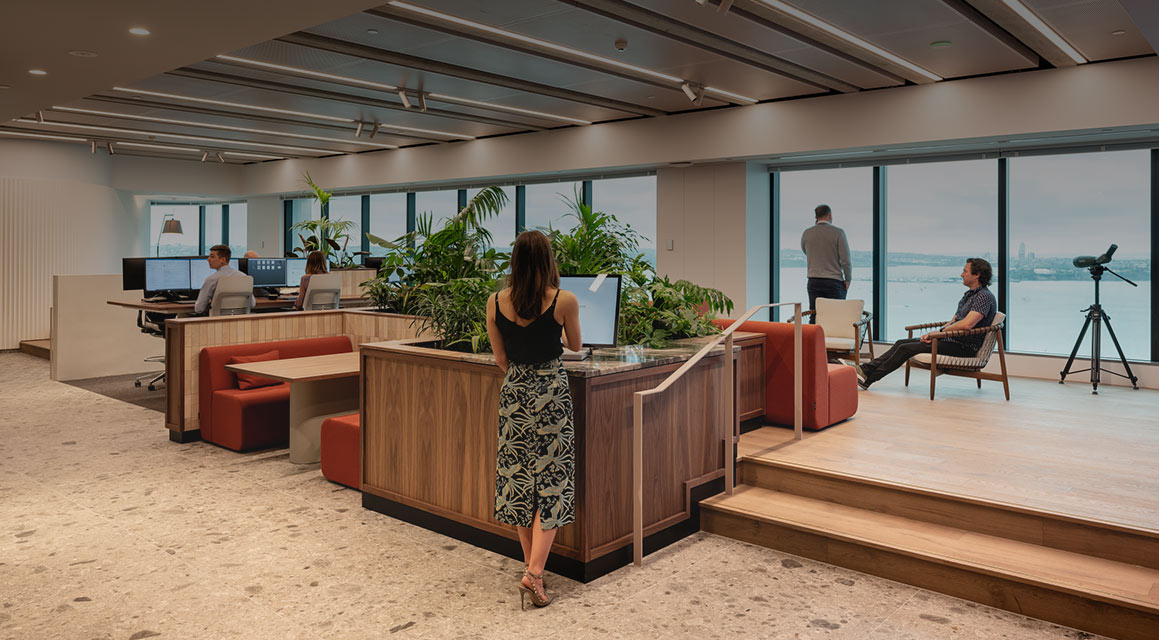
Image Source: Google
Interior designers play a crucial role in creating inviting and functional spaces in the hospitality industry. From hotels to restaurants, interior designers are tasked with bringing a client's vision to life while also ensuring that the space meets the practical needs of guests and staff. In this article, we will explore the various stages involved in the design process and the key responsibilities of an affordable interior designer for commercial when working on commercial spaces in the hospitality sector.
The Design Process
Concept Development
- Meeting with the client to discuss their vision, brand identity, and target audience.
- Researching current design trends in the hospitality industry.
- Developing mood boards and concept sketches to present to the client.
Space Planning
- Creating floor plans that optimize the flow of the space and maximize functionality.
- Considering factors such as guest comfort, accessibility, and safety regulations.
- Working closely with architects and contractors to ensure that the design is feasible.
Material Selection
- Choosing materials that are durable, easy to maintain, and in line with the client's budget.
- Selecting elements such as flooring, lighting, furniture, and decor that enhance the overall design concept.
- Collaborating with vendors and suppliers to source high-quality materials.
Key Responsibilities of an Interior Designer
Understanding the Client's Vision
- Listening carefully to the client's needs and preferences.
- Translating the client's vision into a design concept that reflects their brand identity.
- Presenting design proposals and revisions to the client for feedback and approval.
Creating a Cohesive Design
- Ensuring that all design elements work together harmoniously.
- Balancing aesthetics with functionality to create an inviting and practical space.
- Considering factors such as lighting, acoustics, and traffic flow in the design.
Project Management
- Coordinating with contractors, architects, and other professionals involved in the project.
- Managing timelines, budgets, and resources to ensure the project stays on track.
- Overseeing the installation of furnishings and the final touches to bring the design to life.
Importance of Interior Design in Hospitality
Effective interior design plays a crucial role in the success of commercial spaces in the hospitality industry. Here are some key reasons why investing in a talented interior designer is essential:
- Creates a Memorable Guest Experience: A well-designed space can leave a lasting impression on guests and keep them coming back.
- Reflects the Brand Identity: The design of a space should align with the brand identity and values of the business.
- Optimizes Functionality: A well-designed space improves operational efficiency and enhances the overall guest experience.
- Stands Out in a Competitive Market: Unique and innovative design can set a commercial space apart from competitors.
- Boosts Employee Morale: A well-designed workspace can improve employee satisfaction and productivity.
Conclusion
From concept development to project completion, interior designers play a vital role in shaping the look and feel of commercial spaces in the hospitality industry. By understanding the client's vision, creating cohesive designs, and managing projects efficiently, interior designers help create memorable experiences for guests while also meeting the practical needs of the business. Investing in a talented interior designer is essential for businesses looking to stand out in a competitive market and provide exceptional service to their guests.
